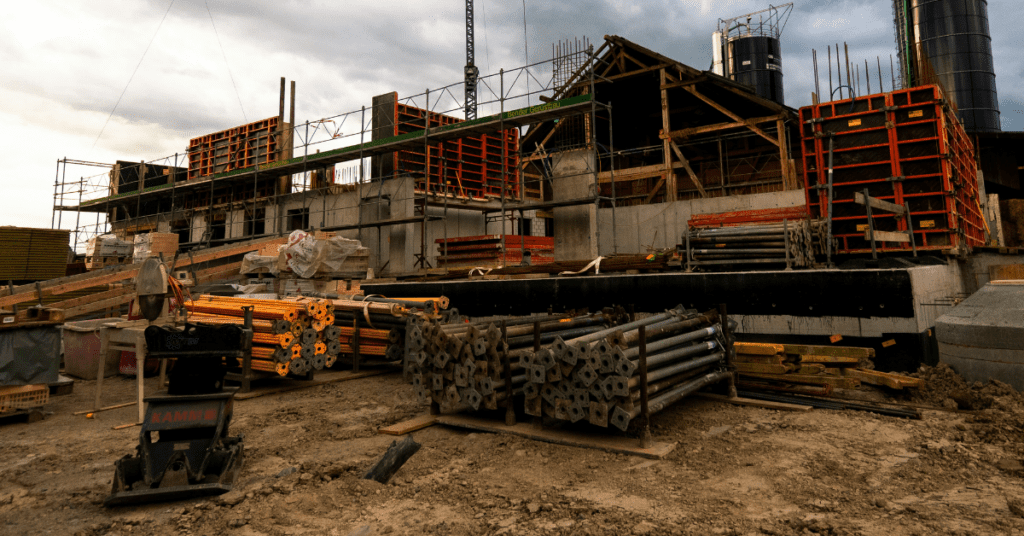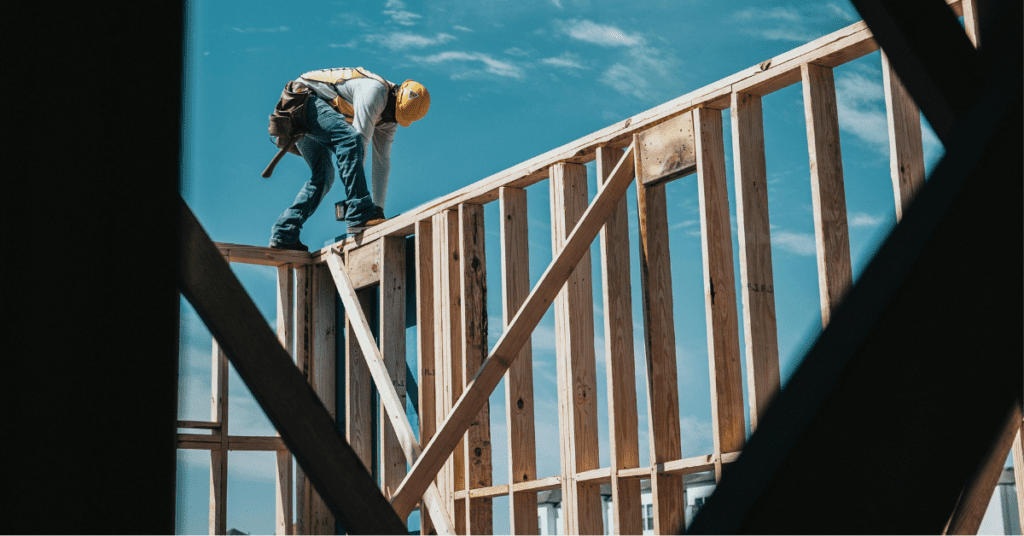

We’ve been talking about connectivity in construction for such a long time that you might be forgiven for thinking the case had been made and it has become an integral part of how the industry operates on a day-to-day basis.
But the reality is quite different. Construction is a fiendishly complicated industry and that very complexity is a significant barrier to game-changing, efficiency-driving connectivity becoming the norm.
There is no network of Bluetooth on jobsites, for example, and only those who have the resource and capital can create their own gateway hardware in order to lay the foundation of a network on site. While it’s difficult to estimate with any certainty, perhaps 3% of job sites in North America have such a setup, 1.5% in South America and 5% in Europe.
‘If you’re invested in the industry-wide battle to eliminate downtime, then such connectivity could become the single most impactful development in consigning downtime to the past.’
Put that kind of infiltration together with the Byzantine nature of construction, it’s hardly surprising that the path to putting connectivity at the heart of everything we do in the industry is blocked. And then there are cost, culture and trust factors too that all come into play and which I’ll discuss in good time.
That’s why there is so much focus on networks as the conduit for automated connectivity. If you’ve ever been on a jobsite some distance away from the portacabin with its ever so slightly shaky WiFi connection and run back in haste to stay in video contact with HQ, then you’ll know exactly what it is that networks offer and why it is potentially so attractive to construction.
But there’s more than just offering a degree of connectivity that WiFi can’t get near. It would also enable workers to quickly locate tools and equipment and not waste time looking for misplaced items before getting on with the job. And place a network within a construction context with its tunnels, floors, walls and numerous other obstacles that would make a WiFi signal virtually impossible, and the implications start to become obvious.
That’s why more and more of us within the industry are now realizing that if you’re invested in the industry-wide battle to eliminate downtime, then such connectivity could become the single most impactful development in consigning downtime to the past.
‘Construction is a fiendishly complicated industry and that very complexity is a significant barrier to game-changing, efficiency-driving connectivity becoming the norm.’
Global consultants McKinsey said in a report that construction projects typically take 20% longer to finish than scheduled and up to 80% of them run over budget, perhaps the single biggest cause of downtime in construction. That, McKinsey says, is partly attributable to the slow uptake of digitization in the industry meaning it is missing out on the ensuing connectivity benefits that would optimize projects and make delays less inevitable.

With that in mind, the case for connectivity seems, as they say, a no-brainer. Except it isn’t. And there are some clear reasons for this. Firstly, there is a cost to be borne. Networks — be they Mesh, Star or whatever other topological setup that is currently technically feasible — are not cheap and of course, putting in place one that effectively gives you working connectivity on a large construction site with vertical, subterranean and scale challenges is going to require a considerable investment.
That said, network pricing is trending down as competition increases and for large companies, this type of expenditure is easily manageable. That’s reflected, for example, in the proliferation of mesh networks in industries like oil and gas, technology and chemicals to mention a few with the global market valued at USD 7.63 billion in 2021, USD 8.29 bn in 2022 and a slated growth to USD 15.95 bn by 2030, growing at a CAGR of 8.6%, according to Skyquest.
At the top end of the IoT solutions sector, we’ve partly solved this with a star-network topology where data, in essence, bounces back and forth from a central node. That’s where it differs from a mesh network which bypasses this centrifugal step.
Building a star network is no small achievement but, while robust, there’s more that can be done. It’s one of the reasons why the state-of-the-art specialists are probably all nose to the grindstone as we speak researching and testing with IoT solutions for the construction industry to go to that level at some point down the line.
But aside from the technological and cost limits to what construction can do, there is one other principal factor that is also capping connectivity in construction. I consider it a legacy of the snake-oil salesmen phenomenon that enjoyed a bit of a moment in the late 19th century in the somewhat murky legal environment that typified the American West then.
‘Decades of ‘snake-oil salesman’ showing up and saying we have this magic wand that’s going to solve your technology problems in construction has created a suspicion towards innovation.’
Snake oil effectively became a cure all for a variety of ills marketed and bottled by The Rattlesnake King, Clark Stanley. Eventually debunked, snake oil has become a byword for any scheme that tries to persuade the gullible to part with their hard-earned cash and unfortunately, decades of ‘snake-oil salesmen’ showing up and saying we have this magic wand that’s going to solve your technology problems in construction has created a suspicion towards innovation.
It’s here that the role of the standard bearers is likely to become increasingly important. Because big players like the Bechtels, the Mortensens and the Skanskas are already invested so heavily in connectivity, the case in favor strengthens incrementally as there is a tendency for the industry to watch what industry leaders do, learn the lessons and follow. Eventually.
If we look at heavy machinery in particular as a separate segment, we already see this kind of connectivity in place, effectively blowing any cost considerations out of the water and bit by bit, breaking down the cultural resistance to the technology. It then becomes a matter of time before the same dynamics that feed into that slowly but surely filters through to medium-sized equipment and further on down the pyramid.
There’s a safety aspect here too that is very evidently a downtime issue and is compelling. Every time someone is hurt on a jobsite, that means an investigation team has to be pulled in, work has to stop and quite likely, the whole project grinds to a halt while the investigators get to the bottom of any given incident.

When we’re talking about human safety, that is of course a non-negotiable, but if connectivity can make the likelihood of incidents less, then already we’re winning the argument on a cost-basis, a downtime-basis and absolutely on a safety-basis.
That’s where we’re headed. And I think developments over the next five years will gather pace to put the kind of linkage I am talking about at the heart of a lot more of our construction sites than is current.
It effectively means a harmony between worker, machine and process that will become as near to seamless as can be hoped for given current technology taking us ever more smoothly from the production phase to the results — the schools, the hospitals, roads and other infrastructure on which we depend.
We are in effect navigating through the choppy waters that typify transitions towards a powerful cocktail between the bandwidth we get with 5G enabling video, and satellite technologies like Starlink interacting with Mesh networks, allowing an ecosystem to naturally develop.
This is ‘when’ rather than ‘if’ territory. And the case will be irrevocable. When it’s made, it could make practice and communication on the jobsite almost unrecognisable from what we see today.
Never miss an insight. We’ll email you when new articles are published on this topic.
